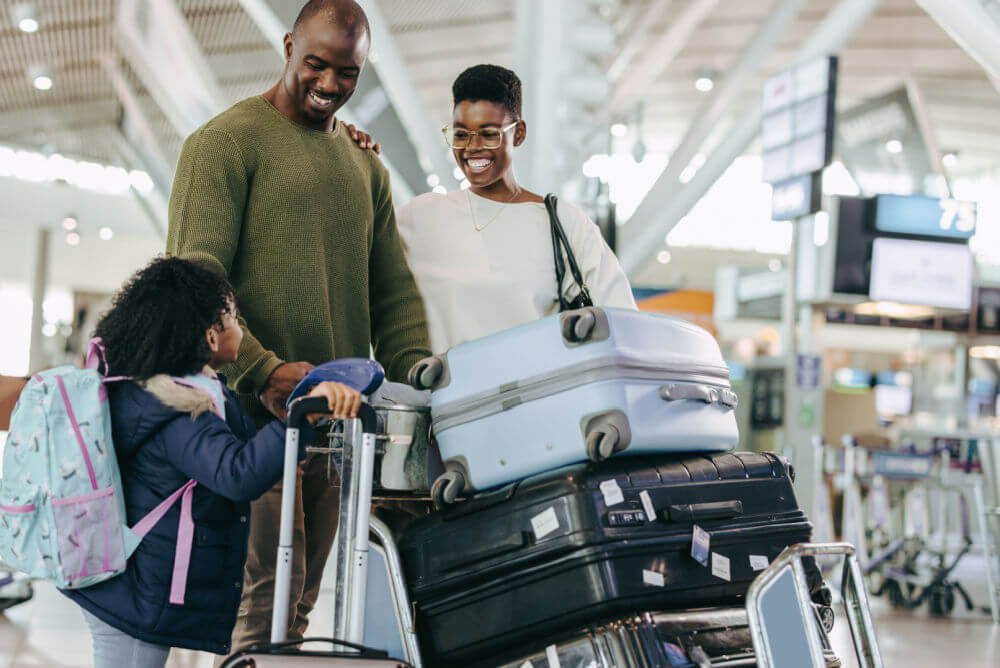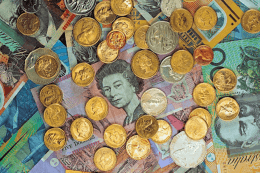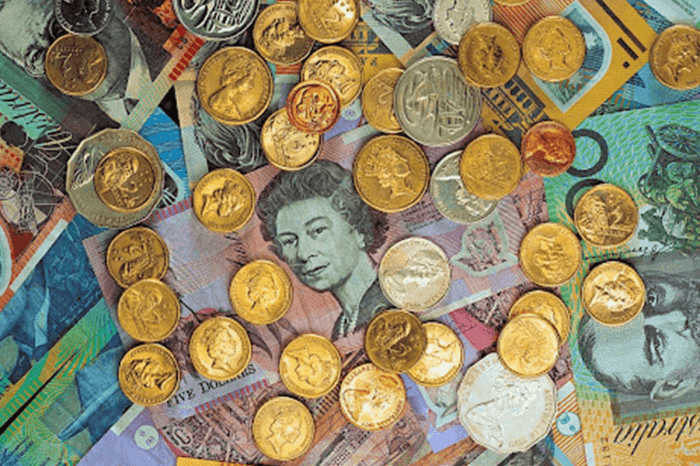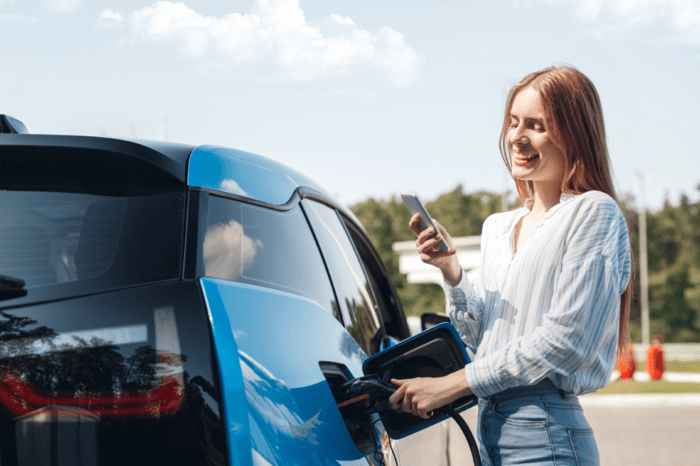
Anyone who’s ever travelled through one of Australia’s airports knows that items are usually inflated when you pass through security, but alarming new research from travel insurance comparison site, Compare the Market has revealed just how much more we’re being stung for snacks, drinks, hand sanitiser and medication at the terminal.*
According to the new analysis of 10 common items bought for a snack packed flight across the Australian skies, people are almost paying twice as much at domestic terminals compared to buying the same item at the supermarket and taking them through security.
| Item | Cost at Domestic Airport RRP | Cost at Supermarket RRP | % difference | $ difference |
| Pump Water Pure 750ml | $5.99 | $3.00 | 99.7% | $2.99 |
| Boss Coffee Iced Latte 237ml | $7.99 | $4.00 | 99.7% | $3.99 |
| Coca Cola 600ml | $6.29 | $4.25 | 48.0% | $2.04 |
| Pringles Original 134g | $9.99 | $5.50 | 81.6% | $4.49 |
| Allen’s Snakes Alive 200g | $8.49 | $5.00 | 69.8% | $3.49 |
| Panadol Rapid Caplets 20pk | $15.99 | $6.50 | 146.0% | $9.49 |
| Maltesers 140g | $9.99 | $6.00 | 66.5% | $3.99 |
| Dettol Instant Hand Sanitiser 50ml | $6.99 | $2.80 | 149.6% | $4.19 |
| Cobs Popcorn Sweet and Salty 120g | $7.99 | $3.50 | 128.3% | $4.49 |
| Wrigley’s Extra Spearmint 14pc | $4.49 | $2.50 | 79.6% | $1.99 |
| Total | $84.20 | $43.05 | 95.6% | $41.15 |
Compare the Market’s Executive General Manager for General Insurance and travel insurance expert, Adrian Taylor said that despite many people indulging in snacks at the airport terminal to sweeten their flight experience, it might be costing them more than they first thought.
“The moment we step into the airport, most of us go into ‘holiday mode’ and grab a few snacks for the trip as well as any necessary items we may have forgotten to pack in the hurry to make the flight on time, like paracetamol or hand sanitiser,” Mr Taylor said.
“And while there’s nothing wrong with splurging at the terminal, our research found that there’s a significant markup on prices across the board, mostly because people are now a captive audience.
“So if people have the chance to pop into a supermarket on the way to the airport, and carry items with them through security, there are significant savings to be had. Based on our findings across 10 common items bought at the terminal, there was a 95.6% increase in price or $41.15 difference between the recommended retail price of the items at a grocery store.”
Compare the Market’s analysis found that hand sanitizer packed the biggest price hike at the airport, increasing a whopping 149.64% compared to the price at the grocery store. A packet of Panadol was also 146% more at the airport, while chewing gum was even 79.6% more.
‘Every single one of the 10 items we analysed had a significantly inflated price at the airport versus the grocery store,” Mr Taylor said. “Prices can be high for a number of reasons, but we’re also aware that retailers at airports know customers will pay higher prices due to the sheer convenience.
“It’s also common knowledge that liquids over 100mls cannot be taken through security at the international airport, however, rules at the domestic airport are slightly different. Travellers who have unopened bottles of juice or soft drinks are able to take these through the security checkpoint and only opened water bottles or cups of tea or coffee cannot pass.
“However, retailers might bet that this rule not that well known and as a result, they’ll inflate their prices, knowing that people will pay for it.
“Baggage limits aside, you could save some serious cash by packing your own pain relief, hand sanitizer and things like lollies, chips and other snacks.
“While there may be some savings to be had at airports with deals and specials, that price difference is almost enough to cover a single person’s domestic travel insurance policy. It could also be some extra money to splash on souvenirs, activities and more on your trip.
“People often don’t consider domestic travel insurance because they either feel that it’s too expensive or that it may seem useless given that Medicare or their private health insurance would cover them for any medical issues that arise.
“However, that’s just not true on the first account. Travel insurance is quite affordable, with domestic cover for a single person travelling to Melbourne for the MotoGP long weekend, starting around $50 to $60. While Medicare or private health insurance would cover medical issues that could happen, travel insurance may cover you for financial losses incurred as a result of delayed or cancelled flights or even natural disasters in some cases.
“For those travellers who hire a car at their destination, domestic travel insurance can provide even more value as many comprehensive policies include rental vehicle excess cover that could cover the excess your hire car company might ask you to pay if the car is damaged.
“And we’ve seen this happen time and time again. From the Taylor Swift concerts in February of this year where several flights were cancelled, to cyclones impacting accessibility to the Great Barrier Reef in North Queensland.
“In all of these cases, people with travel insurance may have been covered for financial loss incurred, depending on the level of cover they chose.
“There are still many big-ticket events happening across Australia in the second half of the year. From the Moto-GP down in Phillip Island, Victoria, to the Broadway spectacular Hamilton making its way to Sydney, it’s important for people to safeguard their trip, especially if they are flying in from out of state.”
Disclaimer
*Compare the Market visited and bought items at the Brisbane Domestic Airport on 13th June 2024. All prices listed are the recommended retail price RRP of each item at the news kiosk, and are subject to change with or without promotions.
-ENDS-
For interviews and more information, please contact:
Noémi Hadnagy | m: 0433 377 252 | e: [email protected]
Compare the Market is a comparison service that takes the hard work out of shopping around. We make it Simples for Australians to quickly and easily compare and buy insurance, energy, and home loans products from a range of providers. Our easy-to-use comparison tool helps you look for a range of products that may suit your needs and benefit your back pocket.








